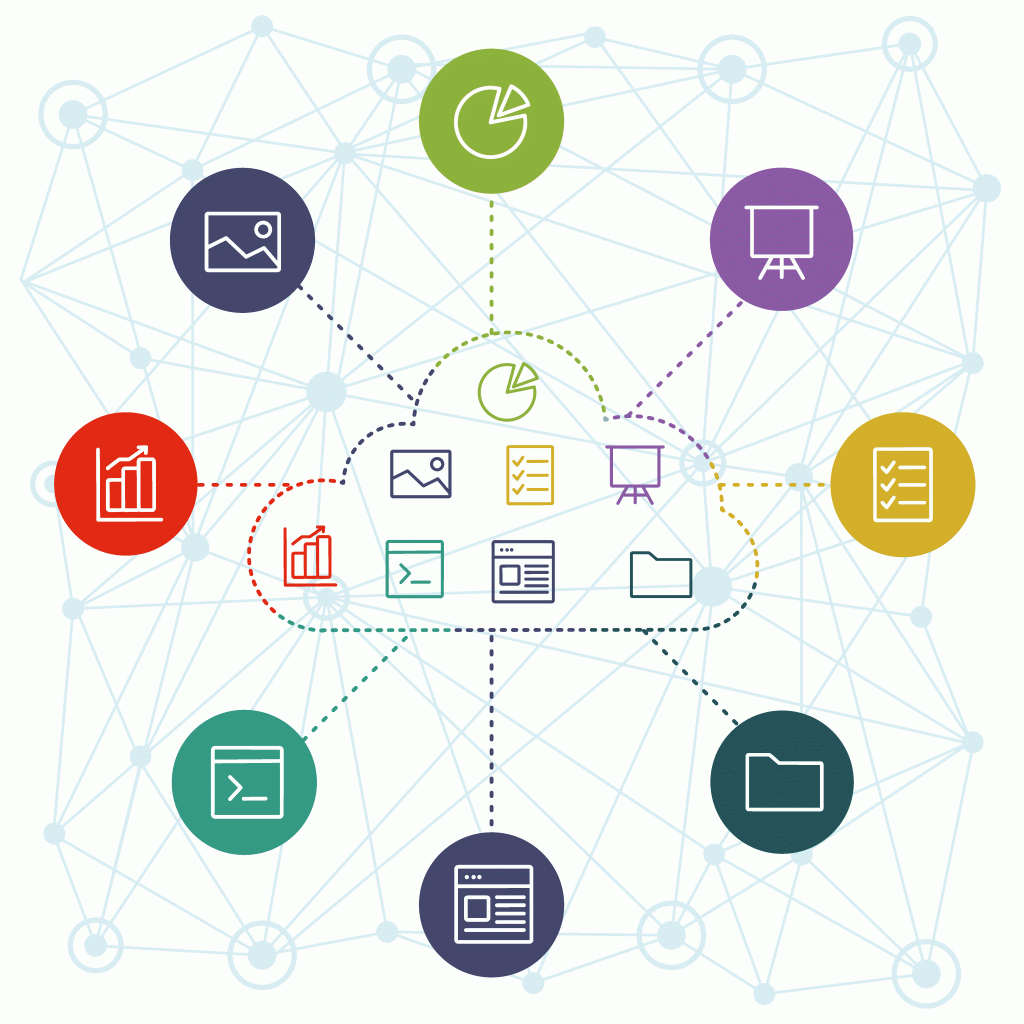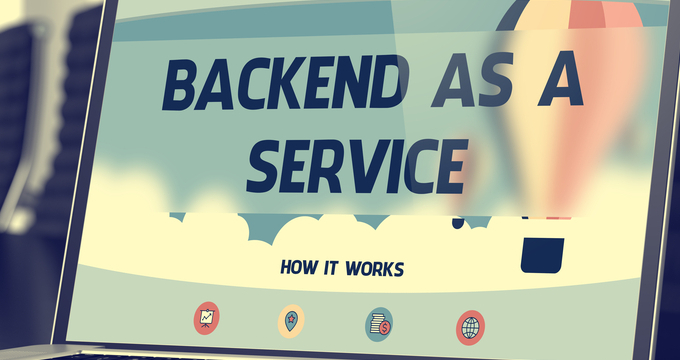The advent of cloud computing has been a major driver of digital transformation. Cloud services like SaaS, PaaS and IaaS have now become mainstream, yet, the concept of BaaS (backend-as-a-service), also known as MbaaS (mobile backend as-a-service), is still relatively new.
So what is BaaS, and how does it help to deliver more value than a full-fledged software-development team?
A Missing Link Between SaaS And PaaS:
BaaS has revolutionized today’s game and mobile application development by speeding up the production process and making it more cost-effective.
Backend-as-a-service is, in essence, a transitional architecture between SaaS (software-as-a-service) and PaaS (platform-as-a-service). The first BaaS solutions have emerged in 2011 addressing the demand for faster development of mobile applications. In a Quora response, George Batschinski, founder at Back2app, refers to BaaS as “an expansion of PaaS in the mobile vertical field”, a fusion of mobile middleware and cloud. BaaS uses API’s (application programming interfaces) and SDK’s (software development kits) to create cloud-based toolsets for mobile software and game development. Fundamentally, BaaS is a combination of IaaS and PaaS enhanced with API’s and SDK’s – an ultimate cloud platform for developing games and building mobile apps.
The set of BaaS features will depend on a vendor, but typically includes push notifications, user and file management, cloud storage, server code, social networking integration, etc. These services can be easily integrated into applications through API’s. In many aspects, backend-as-a-service is similar to IaaS and PaaS offerings, with one distinct difference: it’s tailored specifically to meet mobile developers’ needs and to facilitate mobile software development.
The Business Demand
In today’s business landscape, acceleration is the name of the game. The necessity for faster time-to-market is self-explanatory; it’s the topmost prerequisite of keeping the competitive edge. The DevOps methodology and the demands for continuous development and deployment are increasingly forcing software developers to step aside from legacy tools and approaches and embrace the cloud. Major cloud vendors like Amazon (AWS Mobile), Google (Firebase), Oracle and Microsoft (Azure) are have enhanced their cloud offerings with BaaS platforms for mobile and game developers. Apple has introduced a Cloudkit platform for iOs developers, with database capacity which scales in proportion to the number of users.
Apart from these tech giants, other established companies on BaaS scene are Cloudboost, Back4App, which uses an open-source Parse backend framework initially developed by Facebook, and BaaS pioneer Kinvey. As of today, backend-as-a-service is an expanding market, set to grow to USD 28.10 Billion by 2020, at a growth rate of 84.2% per year by some estimates.
Obviously, this is happening because using BaaS spells tangible benefits.

The Advantages of Using BaaS for Mobile And Game Development
Based on insider opinions, here’s the list of main advantages of using BaaS for building mobile applications and game development:
Time to market: The acceleration you achieve will depend on an overall complexity, but, all in all, with BaaS you can expect a 4x development speed boost. By leveraging process automation, backend-as-a service not only enhances productivity, but also rids your developers of repetitive tasks and lets them focus on more important features.
Simplicity: developing your mobile apps and games in-house takes time, ultimately, because it’s complex and requires expertise. Configuring server infrastructure, taking care of its security and performance, as well as regular upgrade and maintenance, ensuring redundancy of all its core resources, ensuring top-notch functionality of all application architecture components – from database and server side to device side will require in-depth knowledge and extensive experience. Needless to say, such experts are hard to find. If you do find them, they are likely to demand salaries and compensation packages that defy imagination, while building applications with BaaS is much easier and doesn’t require that much expertise.
“The learning curve to use a BaaS is usually very low and demands very few effort for a developer to use this type of platform,” – says founder at Back4App, George Batschinski. “This means a front-end developer or a mobile developer can build an entire software project alone without (for small projects) the intervention of a full-time backend developer”.
All in all, using backed-as-a-service will substantially reduce your staffing costs.
Price: The pricing model is what we love most about the cloud. Cloud scales on demand, and with most BaaS offerings you simply pay as you grow. Most vendors will offer you a freemium model, under which you receive a number of free active users or API calls per month and pay for any extra users, calls or features.As a business you should definitely consider using a backend as a service if your application requires heavy backend usage that would be expensive to build in-house, – says Faisal Hourani, founder at WebMedic.com in a Quora response. You want to consult with your CTO on what the backend service is providing that is difficult to replicate in-house, – he adds.
In a nutshell, backend-as-a-services provides better productivity for less cost (up to 80% cost reduction by some estimates) and, from a business perspective, is more effective than managing a team of in-house developers. These are some downsides though, such as connectivity issues (if cloud server fails, so will your app) and vendor lock-in (the complexities related to data transfer between clouds), but the benefits so far outweigh the risks.


13 Comments
best price for generic enclomiphene
discount enclomiphene cheap online in the uk
kamagra en ligne sans ordonnance
commander kamagra en ligne sans ordonnance
buy cheap androxal cheap where
how to order androxal canada mail order
buy flexeril cyclobenzaprine generic work
flexeril cyclobenzaprine online order no prescription
how to order dutasteride cheap with fast shipping
dutasteride 25 mg price
buy gabapentin uk delivery
order gabapentin canadian online pharmacy
get fildena price discount
cheapest buy fildena cheap drugs
prescription staxyn without
cheap staxyn buy in the uk
buy itraconazole cost new zealand
online order itraconazole cost uk
how to order avodart low price
discount avodart generic london
online order rifaximin usa discount
buy cheap rifaximin generic switzerland
how to order xifaxan generic does it work
order xifaxan online mastercard accepted
kanadský kamagra
koupit kamagra konzultace zdarma
Comments are closed.